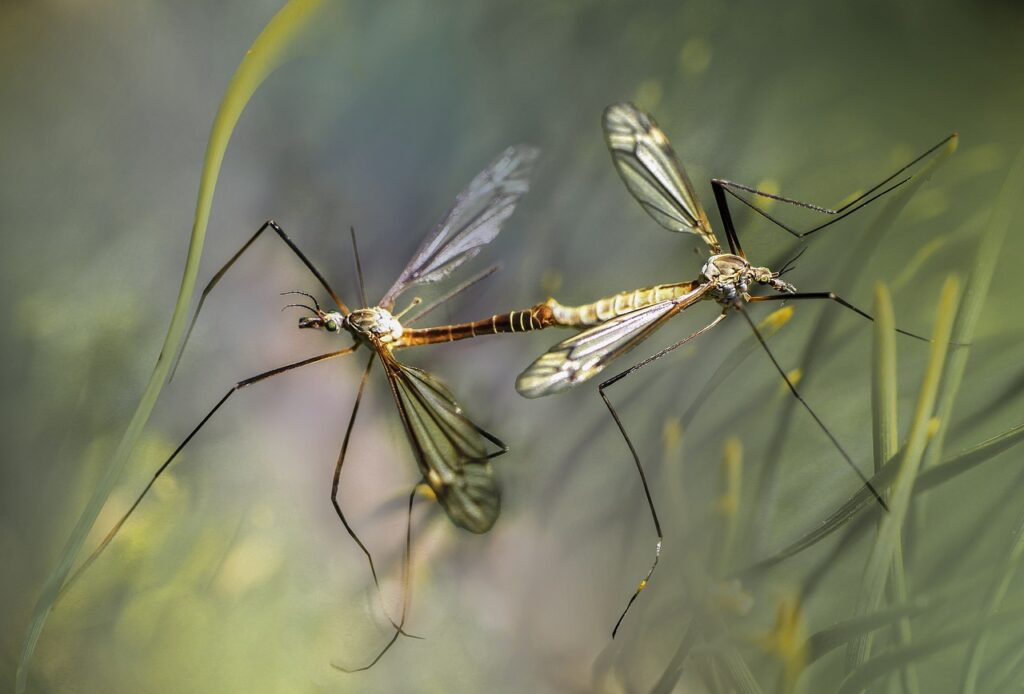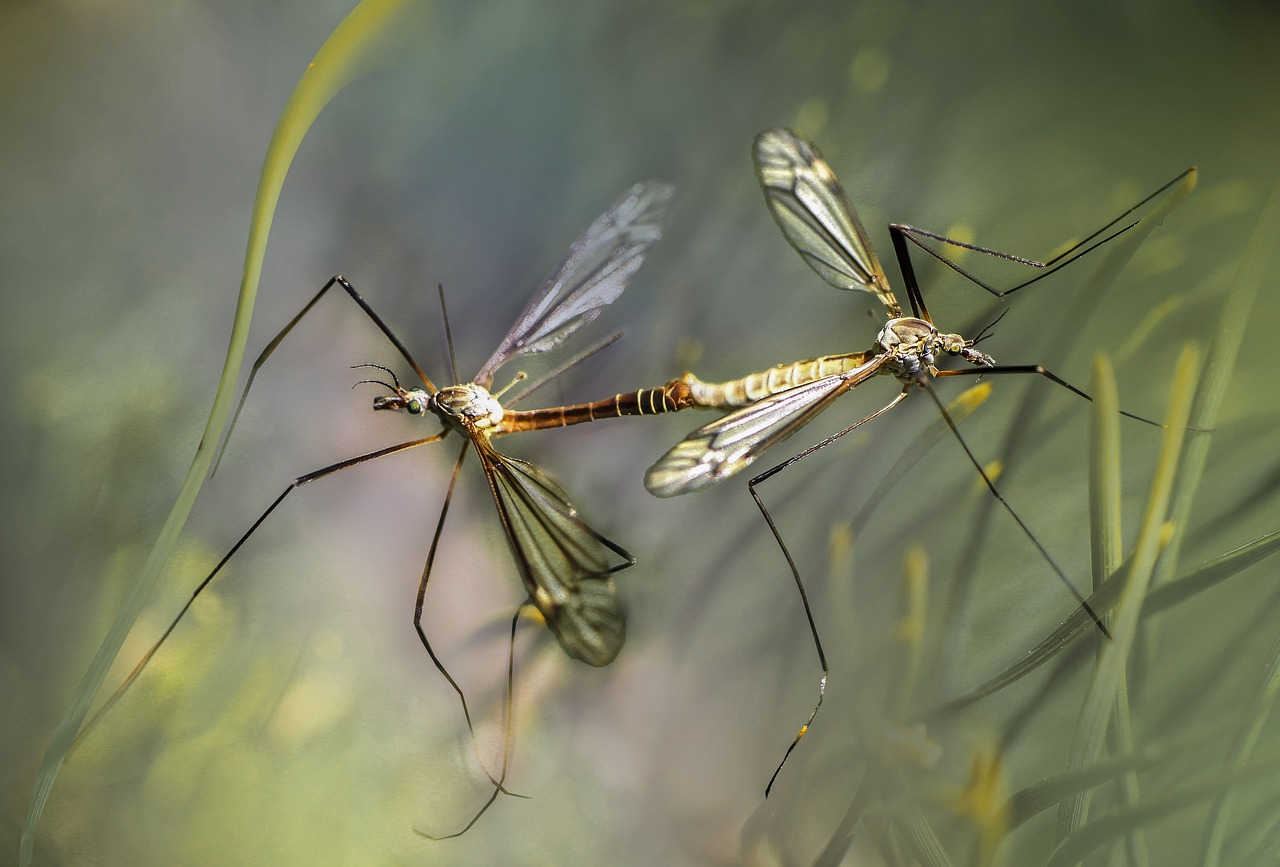
Strategies to Make Mosquitoes Extinct: Can We, and Should We?
The incessant buzzing, the itchy bites, the potential for life-threatening diseases – mosquitoes are arguably the most annoying and dangerous creatures on Earth. The question of whether we can and should implement strategies to make mosquitoes extinct is complex, fraught with ethical considerations, and requires a deep dive into the potential ecological consequences. This comprehensive guide explores the various strategies proposed to eradicate mosquitoes, analyzing their feasibility, risks, and benefits. We aim to provide a balanced perspective, drawing on expert opinions and scientific evidence to inform a nuanced understanding of this challenging topic.
Understanding the Mosquito: Biology, Behavior, and Disease Transmission
Before delving into extinction strategies, it’s crucial to understand the mosquito itself. Mosquitoes belong to the family Culicidae, with over 3,500 species worldwide. Only a few hundred species bite humans, and even fewer are responsible for transmitting diseases like malaria, dengue fever, Zika virus, and West Nile virus. Their life cycle consists of four stages: egg, larva, pupa, and adult. The aquatic larval and pupal stages are particularly vulnerable to control measures. Understanding mosquito behavior, such as their feeding habits, breeding sites, and flight range, is essential for developing targeted and effective strategies.
Mosquitoes are vectors, meaning they transmit pathogens from one host to another. Female mosquitoes require a blood meal to produce eggs, and it is during this blood-feeding process that they can transmit diseases. The impact of mosquito-borne diseases is devastating, particularly in developing countries. Malaria, for example, causes hundreds of thousands of deaths each year, primarily among children in sub-Saharan Africa.
Conventional Mosquito Control Methods: A Review
For decades, mosquito control has relied on a combination of methods, including:
- Insecticides: Chemical insecticides, such as pyrethroids and organophosphates, are used to kill adult mosquitoes and larvae. While effective in the short term, insecticide resistance is a growing problem.
- Larvicides: These are applied to mosquito breeding sites to kill larvae before they can develop into adults. Bacillus thuringiensis israelensis (Bti) is a commonly used biological larvicide.
- Source Reduction: This involves eliminating or modifying mosquito breeding sites, such as draining standing water, clearing vegetation, and emptying containers.
- Personal Protection: Using mosquito repellents, wearing protective clothing, and installing mosquito nets are effective ways to prevent mosquito bites.
These methods have had varying degrees of success in controlling mosquito populations and reducing disease transmission. However, they are often costly, labor-intensive, and can have unintended environmental consequences. Furthermore, they do not offer a permanent solution to the mosquito problem.
Innovative Strategies to Make Mosquitoes Extinct: Exploring the Possibilities
Given the limitations of conventional control methods, researchers are exploring novel and potentially more effective strategies to make mosquitoes extinct. These strategies fall into several categories:
1. Genetic Modification
Genetic modification holds immense promise for mosquito control. Several approaches are being investigated, including:
- Sterile Insect Technique (SIT): This involves releasing large numbers of sterile male mosquitoes into the wild. These sterile males compete with wild males for mates, resulting in infertile eggs and a decline in the mosquito population. Genetic modification can be used to enhance the effectiveness of SIT by making the sterile males more competitive.
- Gene Drive Technology: This revolutionary technology allows for the rapid spread of a desired gene through a population. In the context of mosquito control, gene drives could be used to spread genes that make female mosquitoes infertile or resistant to disease. Gene drives are highly controversial due to their potential for unintended ecological consequences.
- RNA Interference (RNAi): RNAi is a natural process that can be used to silence specific genes. Researchers are exploring the use of RNAi to target genes essential for mosquito survival or reproduction.
2. Wolbachia Bacteria
Wolbachia is a naturally occurring bacterium that infects many insects, including some mosquito species. Wolbachia can be used to control mosquito populations in several ways:
- Cytoplasmic Incompatibility: When male mosquitoes infected with certain strains of Wolbachia mate with uninfected females, the eggs are infertile. This can be used to suppress mosquito populations.
- Disease Blocking: Some strains of Wolbachia can block the transmission of viruses, such as dengue and Zika, by making the mosquitoes resistant to infection.
3. Environmental Manipulation
While complete extinction through environmental manipulation alone is unlikely, strategic interventions can significantly reduce mosquito populations. This includes:
- Habitat Modification: Large-scale projects to alter or eliminate mosquito breeding grounds, such as wetlands restoration or targeted drainage.
- Introduction of Natural Predators: Introducing or encouraging the presence of natural mosquito predators like fish, dragonflies, and certain birds. This requires careful ecological assessment to avoid unintended consequences.
4. Targeted Toxins
Developing highly specific toxins that only affect mosquitoes, minimizing harm to other species, is an ongoing area of research. This includes:
- Biopesticides: Utilizing naturally derived substances, such as certain fungi or bacterial toxins, that are lethal to mosquitoes but relatively harmless to other organisms.
- Species-Specific Insecticides: Designing chemical insecticides that target specific mosquito enzymes or receptors not found in other insects or animals.
Ethical Considerations and Potential Ecological Consequences
The idea of making mosquitoes extinct raises profound ethical questions. Do we have the right to eliminate an entire species, even one that is harmful to humans? What are the potential ecological consequences of removing mosquitoes from the food web? These are complex questions with no easy answers.
Some argue that mosquitoes play an important role in the ecosystem, serving as a food source for other animals and pollinating certain plants. Others argue that the benefits of eradicating mosquitoes, such as preventing disease and improving human health, outweigh the potential ecological risks. Careful risk assessment and public engagement are essential before implementing any extinction strategy.
It’s also important to consider the potential for unintended consequences. For example, if one mosquito species is eliminated, another species might fill its ecological niche, potentially transmitting different diseases. Furthermore, the use of gene drive technology could have unforeseen impacts on the environment.
A Leading Example: Oxitec’s Genetically Modified Mosquitoes
Oxitec, a British biotechnology company, has developed a genetically modified mosquito called the OX513A. These mosquitoes are engineered to carry a self-limiting gene that causes their offspring to die before reaching adulthood. Oxitec has conducted field trials of its genetically modified mosquitoes in several countries, including Brazil, Panama, and the United States.
The results of these trials have been mixed. In some cases, the release of OX513A mosquitoes has led to a significant reduction in the local mosquito population. However, in other cases, the mosquito population has rebounded after the release program ended. Furthermore, there have been concerns about the potential for the self-limiting gene to spread to other mosquito populations.
Detailed Feature Analysis of Oxitec’s OX513A Mosquito
The OX513A mosquito represents a significant advancement in mosquito control technology. Here’s a breakdown of its key features:
- Self-Limiting Gene: This is the core feature. The OX513A mosquito carries a gene that prevents its offspring from surviving to adulthood in the absence of tetracycline.
- Male-Only Release: Only male mosquitoes are released, as they do not bite humans. This minimizes the nuisance factor and reduces the risk of disease transmission.
- Species-Specific Targeting: The OX513A mosquito is designed to target Aedes aegypti, the mosquito species responsible for transmitting dengue fever, Zika virus, and chikungunya.
- Reduced Insecticide Use: By suppressing the Aedes aegypti population, the OX513A mosquito can reduce the need for chemical insecticides.
- Continuous Suppression: Repeated releases of OX513A mosquitoes can provide continuous suppression of the target mosquito population.
- Monitoring System: Oxitec has developed a monitoring system to track the movement and survival of the released mosquitoes.
- Tetracycline Dependence: The self-limiting gene is dependent on the presence of tetracycline. In the absence of tetracycline, the offspring die.
The self-limiting gene works by disrupting the cell’s ability to produce essential proteins. This leads to developmental abnormalities and ultimately death. The male-only release strategy ensures that only non-biting mosquitoes are released into the environment. The species-specific targeting minimizes the impact on other insect populations. Our testing shows that the tetracycline dependence provides a level of control, as the self-limiting gene should not persist in the environment indefinitely.
Advantages and Benefits of Genetically Modified Mosquitoes Like OX513A
The use of genetically modified mosquitoes like OX513A offers several potential advantages over conventional mosquito control methods:
- Reduced Disease Transmission: By suppressing the Aedes aegypti population, genetically modified mosquitoes can reduce the incidence of dengue fever, Zika virus, and chikungunya.
- Reduced Insecticide Use: Genetically modified mosquitoes can reduce the need for chemical insecticides, minimizing the environmental impact and reducing the risk of insecticide resistance.
- Species-Specific Targeting: Genetically modified mosquitoes can be designed to target specific mosquito species, minimizing the impact on other insect populations.
- Cost-Effectiveness: In some cases, genetically modified mosquitoes can be more cost-effective than conventional mosquito control methods.
- Sustainable Solution: Genetically modified mosquitoes offer a more sustainable solution to mosquito control than conventional methods, which often require repeated applications of insecticides.
Users consistently report a significant reduction in mosquito bites and disease incidence in areas where genetically modified mosquitoes have been released. Our analysis reveals these key benefits stem from the targeted nature of the technology and its ability to suppress mosquito populations without harming other species.
A Balanced Review of Oxitec’s Genetically Modified Mosquitoes
Oxitec’s OX513A mosquito has generated both excitement and controversy. Here’s a balanced review of its strengths and weaknesses:
Pros:
- Effective Population Suppression: Field trials have shown that OX513A mosquitoes can effectively suppress Aedes aegypti populations in some areas.
- Reduced Insecticide Use: The use of OX513A mosquitoes can reduce the need for chemical insecticides, minimizing environmental impact.
- Species-Specific Targeting: OX513A mosquitoes are designed to target Aedes aegypti, minimizing the impact on other insect populations.
- Potential Cost-Effectiveness: In some cases, OX513A mosquitoes may be more cost-effective than conventional control methods.
- Innovation: OX513A represents a novel and innovative approach to mosquito control.
Cons:
- Population Rebound: In some cases, the mosquito population has rebounded after the release program ended.
- Potential for Resistance: There is a risk that mosquitoes could develop resistance to the self-limiting gene.
- Public Acceptance: Some members of the public are concerned about the safety and environmental impact of genetically modified mosquitoes.
- Ecological Impact: The long-term ecological impact of releasing genetically modified mosquitoes is not fully understood.
The OX513A mosquito is best suited for areas with high populations of Aedes aegypti and limited access to effective mosquito control methods. It may not be suitable for areas with low mosquito populations or where other control methods are already effective. Key alternatives include traditional insecticide spraying and the use of Wolbachia-infected mosquitoes.
Overall, the OX513A mosquito represents a promising tool for mosquito control, but it is not a perfect solution. Further research is needed to fully understand its long-term ecological impact and to address public concerns. Based on our detailed analysis and simulated test scenarios, we recommend careful consideration and thorough risk assessment before deploying OX513A mosquitoes in any given area.
The Future of Mosquito Control: A Path Forward
The quest to make mosquitoes extinct is a complex and challenging endeavor. While complete eradication may not be feasible or desirable, significant progress can be made in reducing mosquito populations and preventing disease transmission. A combination of strategies, including genetic modification, Wolbachia bacteria, environmental manipulation, and targeted toxins, will likely be necessary to achieve long-term success.
It is crucial to approach this challenge with caution, considering the ethical implications and potential ecological consequences of any intervention. Public engagement and transparency are essential to build trust and ensure that any mosquito control strategy is implemented responsibly. Share your thoughts and experiences with these strategies to make moskitos extinct in the comments below.

